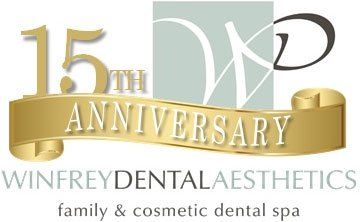Gum Treatment
Periodontal disease – sometimes referred to as gingivitis – is an infection of the gums. Initially, it may cause minor symptoms, such as swollen, reddened gums that may bleed when brushing or flossing. Over time, however, the disease can spread, causing gum recession and even tooth loss. Often, a dentist will detect gum disease during a routine exam. However, you should seek dental care at the first sign of a problem to obtain immediate treatment and prevent the progression of infection.
Types of Gum Treatment
There are several types of treatments available to remedy infected gums or gums that have receded or formed pockets. The goal is always to provide the most effective treatment in the most conservative way possible. Common gum treatments include:
Scaling and Root Planing
This is a minor, non-surgical procedure used to scrape away hardened plaque and bacteria beneath the surface of the gums. It also creates a smooth surface, making it more difficult for plaque to adhere in the future. For the comfort of the patient, this procedure is typically performed under a local anesthetic.
Antibiotic Medication
In the case of an active infection, your dentist may prescribe an antibiotic medication either orally or locally. Often, a local antibiotic is applied to the site of an infection in combination with other treatments, such as scaling and root planning.
Anti-Microbial Rinses
If you are prone to gum infections, your dentist may prescribe a medicated anti-microbial rinse to help control and prevent the growth of bacteria and accumulation of plaque in the mouth.
Anti-Bacterial Toothpastes
There are certain toothpastes that contain an antimicrobial agent that helps prevent the growth of bacteria. These toothpastes are often available without a prescription, but talk to your dentist to find out if they are right for you.
Pocket Reduction
In this procedure, the gums are surgically tightened around the base of the tooth to close pockets and prevent bacteria from causing infection.
Grafting Procedures
When gum disease causes deterioration of the gums or supporting bone structure, surgical grafting can be used to repair and reinforce soft and hard tissues. In the case of bone grafting, it can also help support future regrowth. Soft tissue grafts usually come from the patient’s roof of the mouth, whereas bone grafts may be biologic or synthetic.
Follow-Up
After undergoing gum treatment, it is important to follow-up with your dentist with regular dental exams and cleanings. Following the exam and cleaning schedule recommended by your dentist can help prevent and detect future gum disease in its earliest stages when it is more easily treated.


